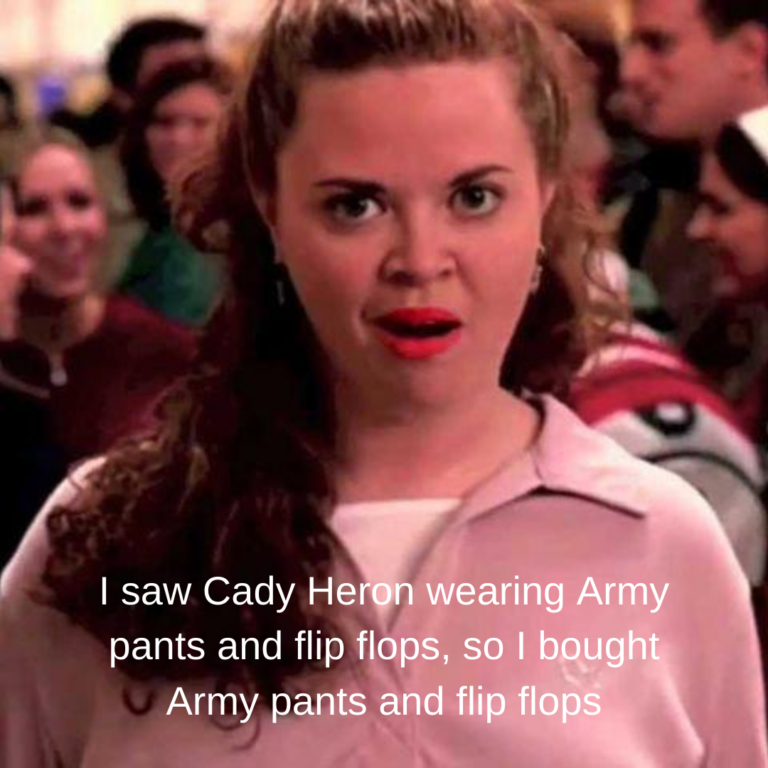At The Influencer Biz, we talk a lot about influencer marketing because, well, that’s our jam. We even created a nifty little {free} guide with five questions and actionable tips for starting an influencer marketing program – you can snag it here, if you haven’t already!
But, we wanted to backtrack and provide you with a little “influencer marketing 101” to help give you some background on what the *heck* influencer marketing is. So, today, we’re going to talk to about what influencer marketing is, types of influencers, and different programs.

What is Influencer Marketing?
At the basic level, influencer marketing is gifting product to someone with a following on social media in exchange for collateral. At least that’s what it was in the beginning – now, it can look a bit different. But at its core, it’s the same – gifting product in exchanging for collateral.
To go a bit deeper, brands use influencer marketing to drive brand awareness, sales, website traffic, and more. Because influencers have a loyal, engaged following, when they promote a product they know, like, and trust, their followers are *way* more likely to purchase it.
Why? Because influencers started out “just like us” and are more relatable than celebrities – who often feel unattainable.
Additionally, because influencers often have less of a following than celebrities, they are typically more affordable – which is perfect for brands with a limited budget (we’re talking to you startups).
The collateral we mentioned is typically in the form of images and/or videos that you are able to use on your own social media accounts for marketing. But, it can also include blog posts and other forms of marketing material.
What Are The Types of Influencers?
Nano, micro, macro, uh…what?!
What happened to just regular ol’ influencers?
Well, that’s changed – and there’s more than one type of influencer nowadays.
Let’s talk about the four main types of influencers:
- Nano Influencers: These are people who have around 1,000 followers are less. But don’t let their small following fool you, they often have the best engagement rate because of their higher like to comment ratio than larger influencers.
- Micro Influencers: The number of followers for micro influencers fluctuates but most people categorize them as people with a following between 1,000 and 100,000. Micro influencers tend to have the strongest relationships with their audience and are often considered “experts” in their niche.
- Macro Influencers: Macro influencers have a following of 100,000 to 1 million. They typically gain fame through the internet, either as a vlogger or a content creator. They have a wider reach but often a lower engagement rate.
- Mega Influencers: AKA celebrities. Think people with a *massive* following (i.e. more than one million followers). While they often aren’t deemed “experts”, because of their position, one mention of your brand from them can mean $$$ BUT you’re also going to pay $$$ for them.
What Are The Types of Influencer Programs?
Let’s be honest, budgeting for an influencer program is confusing AF. It’s probably one of the biggest hurdles to starting and scaling an influencer program.
To give you a (very) general overview, we typically put influencers in two buckets:
- Affiliates: These are peeps who receive a free product (or products) in exchange for a percentage of sales made through their unique link or coupon code.
- Paid: These are peeps who are paid upfront or after they post a set amount for agreed-upon collateral (i.e. an Instagram post and stories, YouTube vid, etc.)
These are *not* the only type of influencers, just FYI, but the most widely known. One is not better than the other but if you’re just starting out, an affiliate program with limited paid influencers is probably your best bet because it’s cost of product + their commission (usually around 10%-15%) of total sales. So if they’re not making sales, they aren’t getting paid – saving you money.

Again, this is just influencer marketing 101 – we’ll talk more in depth about each of these topics in upcoming posts but we’ve got to start somewhere!
And don’t forget to download our {free} guide with five questions to ask and five actionable steps to starting an influencer marketing program here.
Until next time 💕
